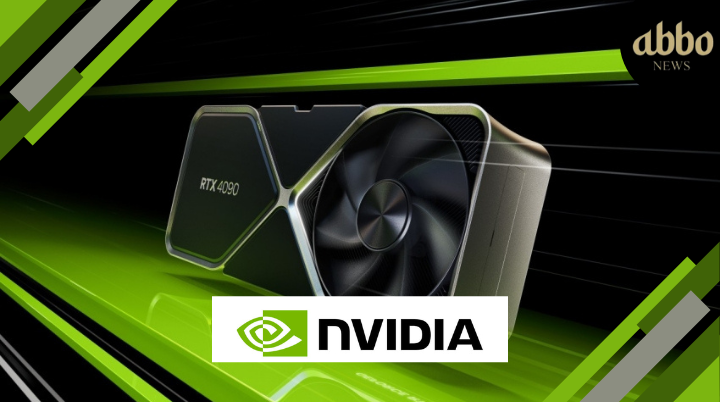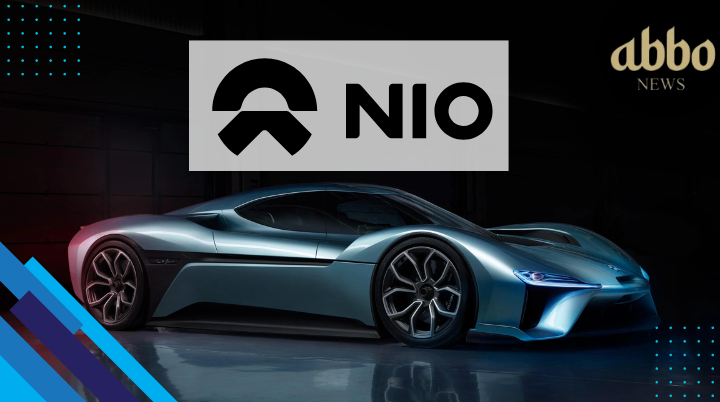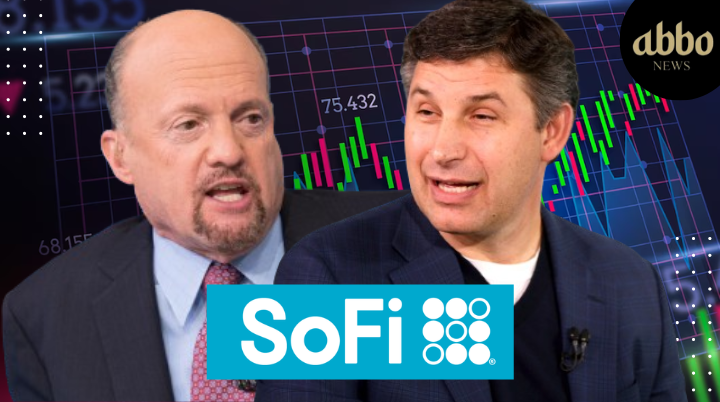NVIDIA Corporation (NASDAQ: NVDA) has introduced two new graphics cards for running AI applications on laptops, potentially strengthening its position amid AI integration in workplaces.
NVIDIA has launched the RTX 500 and 1000 Ada Generation GPUs. These laptop graphics cards or graphic processing units (GPUs) are tailor-made to run AI (GenAI) applications smoothly.
These newly launched GPUs offer enhanced AI acceleration capabilities, catering to a diverse array of AI-based tasks. These include high-quality AI effects for video conferencing, AI upscaling for streaming videos, and improved efficiency in generative AI and content creation applications.
Nvidia states that they will release new laptop graphics cards this spring. Global partners, including Dell Technologies, HP, and Lenovo, will incorporate these in their products.
Dan Ives, an analyst at Wedbush, conveyed to Investopedia that the new laptop GPUs from Nvidia “could accelerate AI enterprise adoption” and represent “another big step forward” in what he refers to as the “AI revolution.”
The introduction of these new chips could potentially solidify the supremacy of Nvidia in the AI sector, even as rivals such as Intel (INTC) and Advanced Micro Devices (AMD) strive to bridge the gap.
Moreover, companies within Nvidia’s AI ecosystem are expected to benefit from the introduction of these AI laptop GPUs. Industry leaders have indicated that AI-powered PCs could drive an expedited upgrade cycle, potentially leading to widespread gains across the sector.
NVIDIA (NASDAQ: NVDA) Stock Performance
NVDA stock rose 0.35% to $790.92 on Monday following a record-breaking week, marked by its unprecedented single-day surge in market capitalization and a brief surpassing of the $2 trillion market cap threshold. The traders had exchanged hands with 50,018,821(50.01 million) shares compared to the average daily trading volume of 45.81 million.










